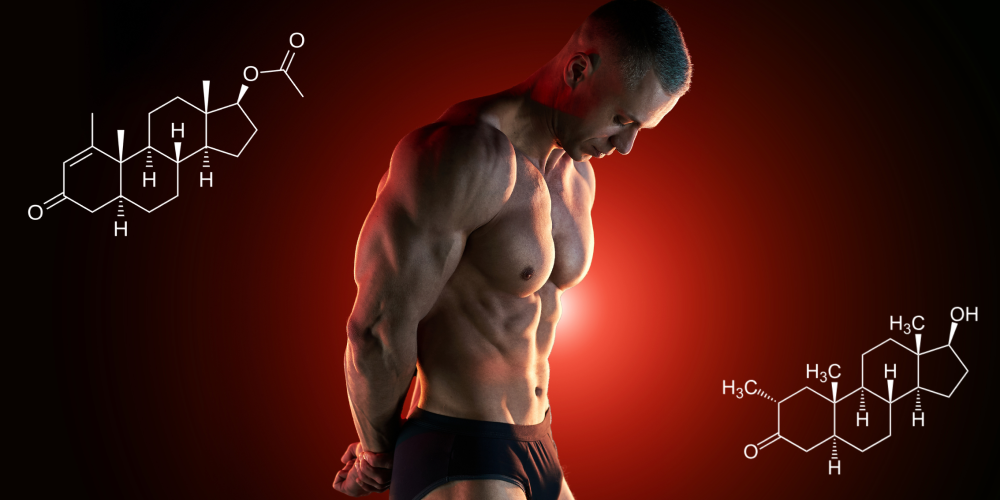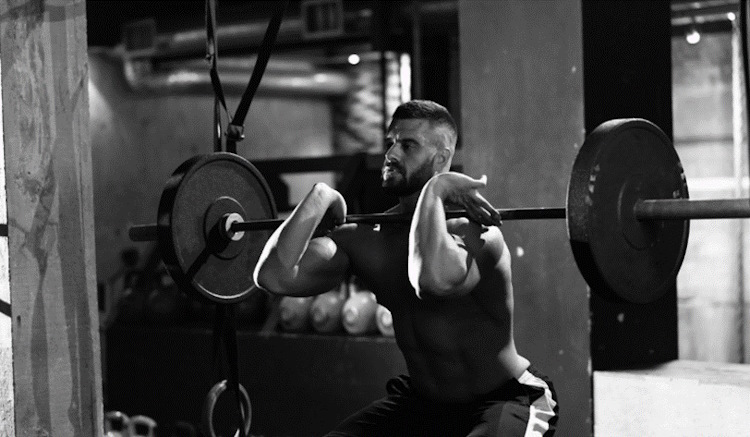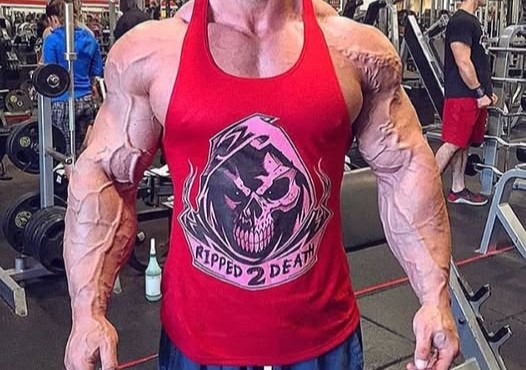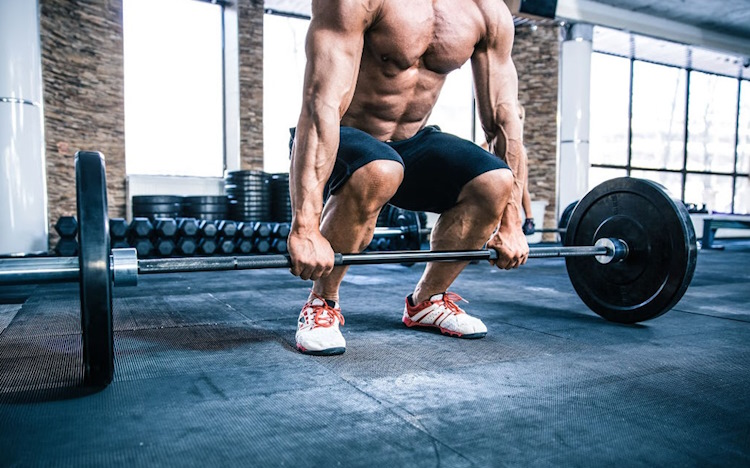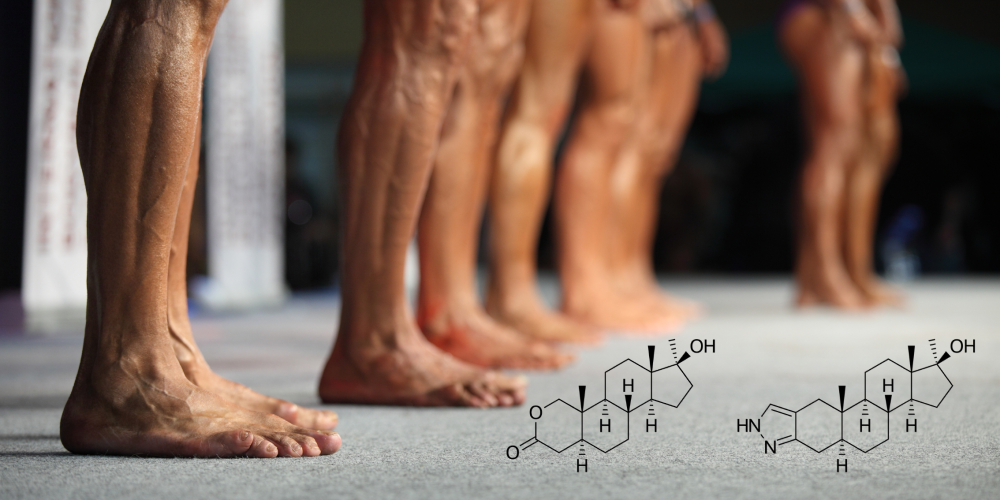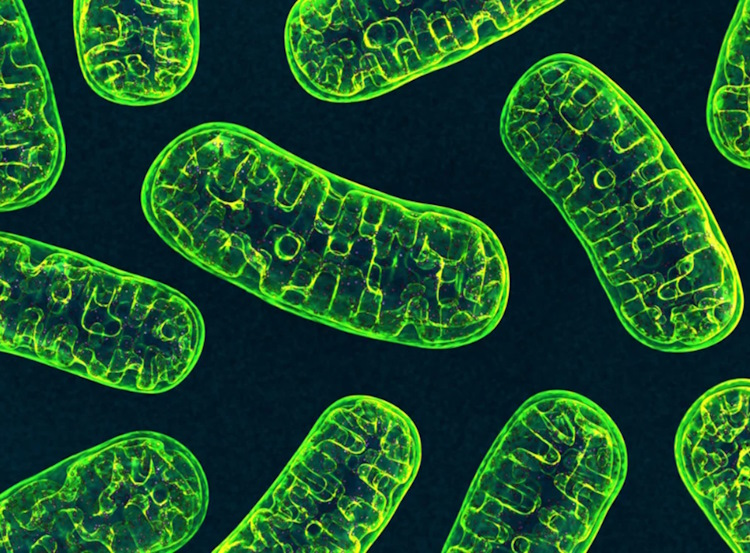Understanding cholesterol on AAS
Anabolic-androgenic steroids (AAS) can significantly impact cholesterol levels, increasing the risk of cardiovascular diseases. If you are an athlete who values health, longevity and being your best self, you must understand what cholesterol is and keep track of it…
Total cholesterol
This parameter measures the total amount of cholesterol in your blood. It is NOT the most important marker of the 4 because it is calculated by adding up HDL, LDL and 20% of your Triglycerides, which are the 3 values you should really focus on.
HDL cholesterol
High-Density Lipoprotein is the “good cholesterol”. Its job is to transport fats towards the liver so they can be metabolized. It keeps fat molecules from building up in your arteries.
We want HDL to be as high as possible: At least over 40 mg/dl, and preferably over 60 mg/dl.
LDL cholesterol
Low-Density Lipoprotein is the “bad cholesterol”. Instead of transporting fat molecules to the liver like HDL does, LDL transports these molecules throughout the body. This is fine, but when LDL is too high and HDL is low, these molecules accumulate on the walls of your arteries (atherosclerosis). Over time, this condition may lead to heart attack & stroke.
It should be below 100 mg/dl.
Triglycerides
Triglycerides are fat molecules that are stored in your blood. High levels of Triglycerides are presumed to be linked to atherosclerosis, especially in the presence of high LDL.
You want them to be below 150 mg/dl.
Lifestyle changes for better cholesterol
If you’re using AAS and want to keep your cholesterol in check, making dietary adjustments is crucial. Increasing the intake of omega-3 fatty acids by consuming fatty fish like salmon, mackerel, and sardines, or taking fish oil supplements can help improve cholesterol levels by increasing HDL (good cholesterol) and decreasing triglycerides. Additionally, eating more fiber, especially soluble fiber found in oats, fruits, vegetables, and legumes, can help lower LDL (bad cholesterol).
Choosing healthy fats, such as monounsaturated and polyunsaturated fats from sources like olive oil, avocados, nuts, and seeds instead of saturated and trans fats, is also beneficial. Reducing sugar intake is another key factor, as high sugar consumption can negatively impact cholesterol levels.
Regular exercise plays a significant role in maintaining healthy cholesterol levels. Engaging in aerobic activities like walking, running, cycling, or swimming can help increase HDL cholesterol and lower LDL cholesterol. Incorporating strength training through weight lifting or resistance exercises can also positively affect cholesterol levels.
Supplements & drugs for cholesterol
Supplementation can provide additional support for managing cholesterol levels. Fish Oil, Citrus Bergamot and Niacin are the most commonly used ones, but other options like CoQ10 and plant sterols are also great.
Unfortunately, using supplements to manage cholesterol is not enough when running highly aggressive cycles. Employing drugs like Atorvastatin and Ezetimibe is the ultimate solution to high cholesterol on-cycle.
It is important not only to understand what cholesterol is and how it affects your health, but also how AAS affect it and what we can do during a cycle to mitigate the negative impact they have on it.
You can learn more about high cholesterol mitigation in the ANABOLIC HANDBOOK




